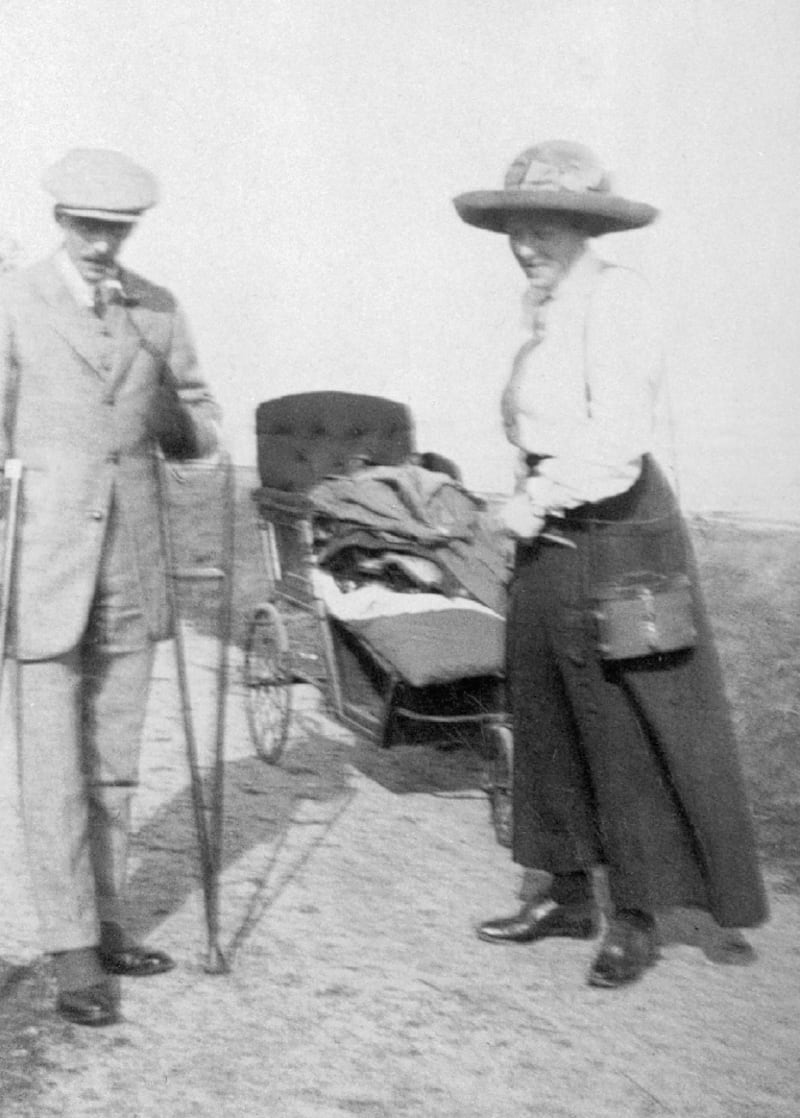The gale of January 31st, 1839 was fearful. Huge waves battered the Wexford coast, imperilling any vessel that had not yet made harbour. The schooner Thistle, caught in the unsheltered sweep of South Bay, was pitched onto the infamous sandbanks that lay offshore. Thomas Bate, chief officer of the coastguards at Ballygeary, set sail immediately, with his crew and five gallant volunteers. As the local newspaper reported, it was after much difficulty, “during which this brave officer displayed great intrepidity and perseverance”, that three men and two boys were saved “from inevitable destruction”. Thomas Bate was awarded a silver medal for his actions. His three fine attributes – bravery, intrepidity and perseverance – are exactly the qualities that define his remarkable granddaughter, Dorothea Minola Alice Bate.
From 1901, when she was just 22, to 1911, Dorothea explored the Mediterranean islands of Cyprus, Crete and the Balearics. In remote mountain caves and sea-battered cliffs, she discovered the fossilised remains of extinct species – many new to science. In Cyprus she contracted malaria and in Majorca scarletina – but, in spite of high fever she tried to work on, time and again putting her discoveries before her health. In the 1930s in Bethlehem, she excavated against the background of growing political unrest and the looming threat of war.
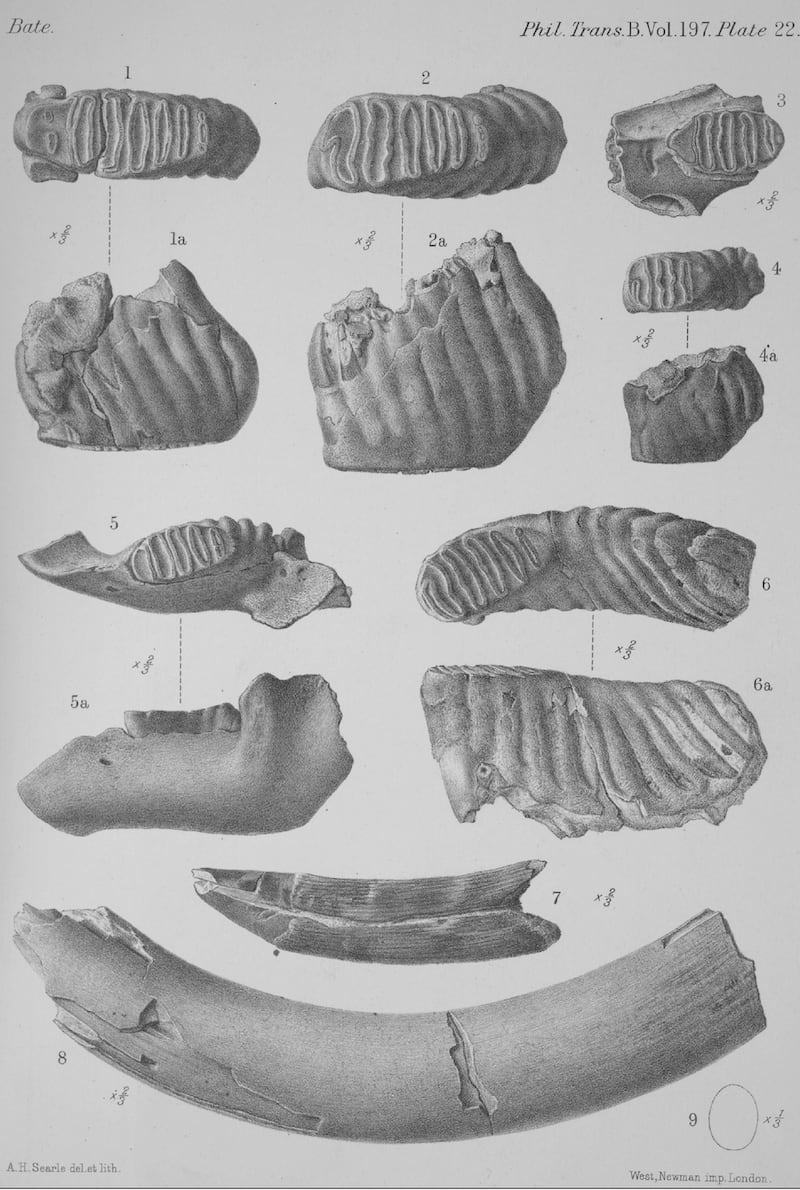
Today we take foreign travel for granted, but imagine travel with no lengthy queues for security, no limits to baggage, and when passing through customs, you could happily note, as Dorothea did, “no questions asked about my gun”. That, however, was the upside in the early 20th century. Dorothea’s journeys to the islands, let alone within them, were protracted and could be supremely uncomfortable. Travel by ship and train round Europe, not to mention journeying by a variety of “quads” as Dorothea termed them – donkey, mule and pony – over mountainous Mediterranean islands could be challenging. Roads were infrequent, accommodation in the remote areas Dorothea worked was scarce and she records in her diaries the privations of the flea-ridden hovels she often stayed in to be close to the site she was excavating.
Her perseverance as she climbed treacherous mountains and sea cliffs, sometimes soaked by waves, often burned by the sun, scratched by thorns and bitten by insects, is extraordinary. There was no convenient sign saying, “This way to the bone cave”. Dorothea had to follow every lead, endlessly ask every farmer or fisherman whom she met if they had seen any bones in the rock. She had no companion or chaperone. Dorothea travelled alone, hiring local men as guides, interpreters and to do the heavy digging. If the rock proved too hard to dig through, she resorted to blowing it up with gunpowder or dynamite – the accepted practice of the time. Her goal was to secure the best specimens she possibly could – and her courage in pursuing that goal is exceptional.
Dorothea Bate was born in Wales in 1878, her childhood spent roaming the beautiful countryside near her home. She used to laugh that her education was only briefly interrupted by school, but she was an instinctive natural historian. Her father appears to have encouraged her interests – bird-watching with her, helping her identify plants and insects and teaching her to shoot and fish. When the family moved to the Wye valley, she became fascinated by the tiny ice age fossil creatures she found buried deep in the limestone caves high in the cliffs that lined the river.
So great was her interest in the natural world, that in 1898, she marched into the Natural History Museum in London and demanded a job. The museum then had virtually no women scientists – women were not permitted to become members of the scientific staff until 1928. It was almost wholly a male preserve, a place of black frock coats and top hats. Whether it was through charm, innate ability or most probably both, she was allowed into the Bird Room where she sorted bird skins into species with assurance and skill. That brief introduction to the museum led to scientists there encouraging her to explore the Mediterranean. She became the first fossil-hunter – male or female, to explore systematically the limestone caves of the islands.
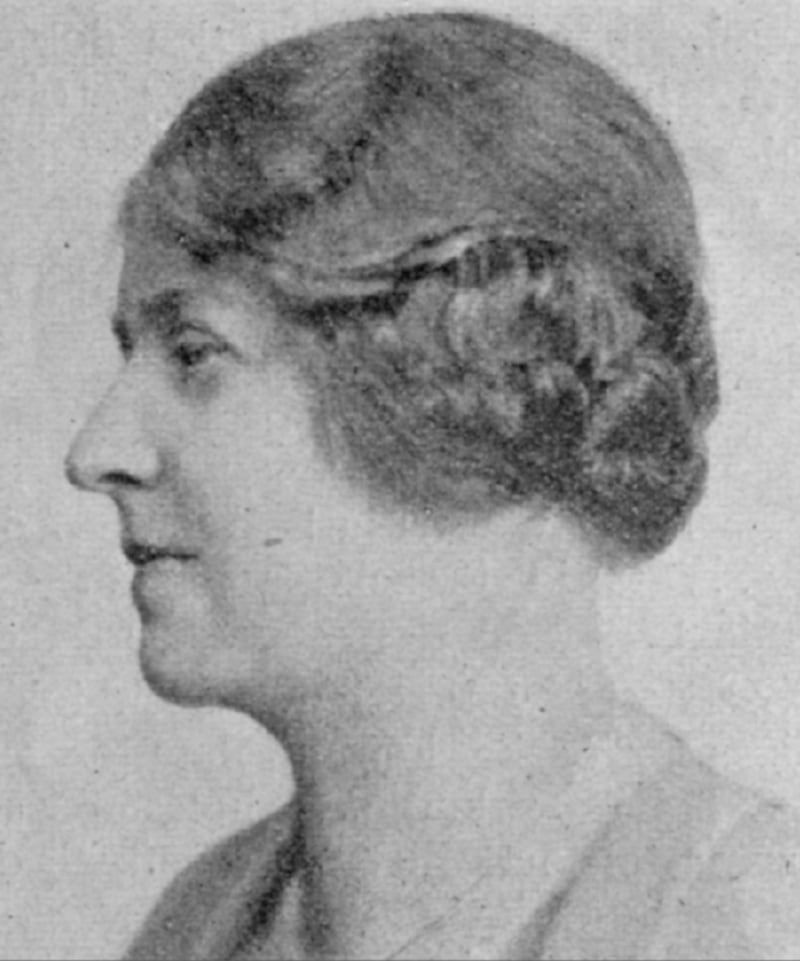
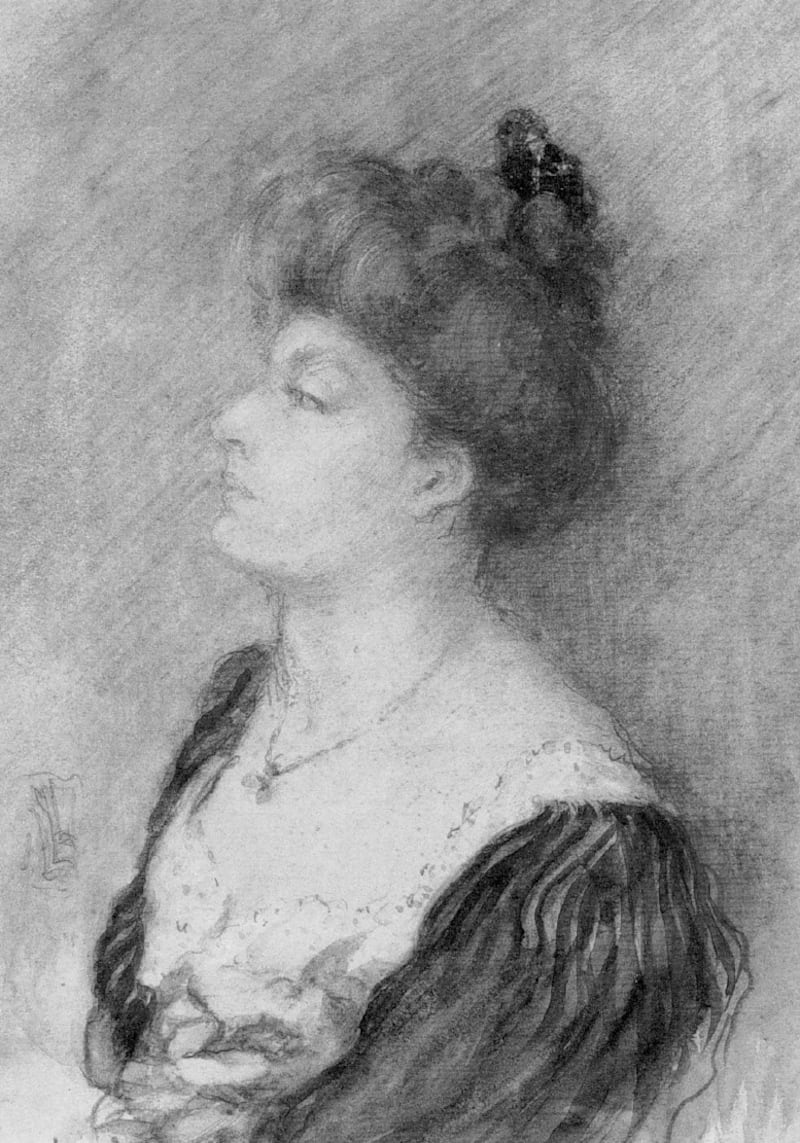
What Dorothea Bate discovered is remarkable. In Cyprus and Crete the fossils included extinct species of dwarf hippos and elephants, and in Crete also a full-size elephant. In Majorca and Menorca she discovered an extinct species unique to those islands. It is a small goaty-antelope, so specialised there is no common name for it. Dorothea named it Myotragus, which translates literally as mouse goat. What makes it most remarkable are its front teeth, of a type usually only found in rodents. It is a splendid example of evolution, adaptation, survival and extinction. Dorothea had a skeleton reconstructed of it from the bones she discovered. For the first time in at least 70 years, the Myotragus skeleton is now on display in the magnificently redeveloped exhibition galleries of the Natural History Museum in London.
The phenomenon of large animals becoming smaller on islands (dwarfism), while small animals become larger, was a subject Dorothea studied all her life – when allowed time. Today it is known as the island rule and is a current research topic.
In the last decade, there has been a resurgence of interest in Dorothea’s collections with some fascinating new research. In 2012, scientists at the Natural History Museum re-examined Dorothea’s dwarf Cretan elephant and discovered that it was in fact the world’s smallest known mammoth – it would have been no more than a metre high. Dorothea’s magnificent Bethlehem collection also included elephants, but of a very great age. Research published last year suggests that they are even more ancient than previously thought, and in fact represent the most primitive elephants yet known out of Africa.
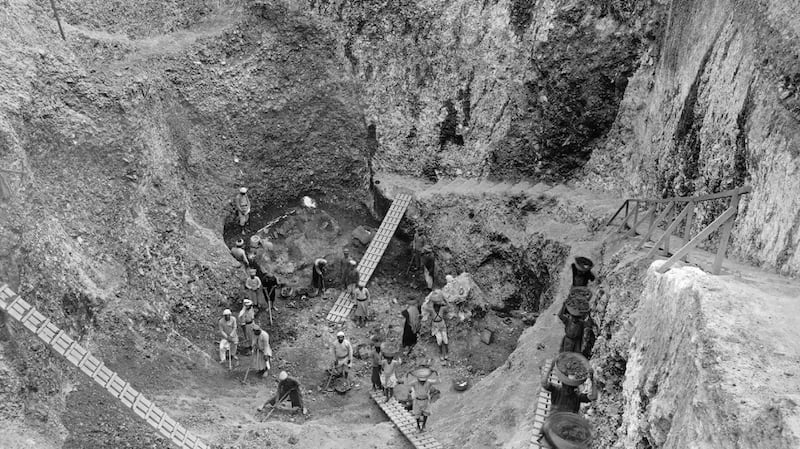
By the end of her life, Dorothea had an international reputation, her expertise as a scientist at the Natural History Museum in London valued by palaeontologists and archaeologists working in many parts of the world. She never became a member of staff. She was an unofficial (or temporary) scientific worker, paid piecework depending on the number of fossils she prepared. Yet because of her ability, in 1924 she was appointed curator of ice age birds and mammals. In 1948, aged nearly 70, she was appointed to her first managerial position, as officer-in-charge of the museum’s offshoot at Tring in Hertfordshire.
It was said of Dorothea that if sufficient quantities of bony fragments were sent to her, she could identify not just the species, but the climate and environment as well. Countless collections came to her, to benefit from her expertise both in identifying the specimens and in her way of interpreting the evidence. She also encouraged her young colleagues to look beyond the bone or artefact, to interpret it in the widest regional and environmental context and to use their scientific imagination. There are countless books in the museum’s libraries which express the author’s profound thanks to Dorothea.
She died on January 13th, 1951, aged 72. Tributes to her came from all over the world. It was the Keeper of Geology at the Museum, Wilfred Edwards, who found the words to express the profound sorrow felt by so many: "Dorothea's death is a very great loss to the scientific world in general and to the [Natural History] Museum in particular. For myself, I have lost one of my best friends." Perhaps the greatest tribute to her is that her work lives on through her papers and collections – the focus today of so much new and innovative research.
Discovering Dorothea, the pioneering fossil-hunter, Dorothea Bate by Karolyn Shindler, NHM Publishing 2017
